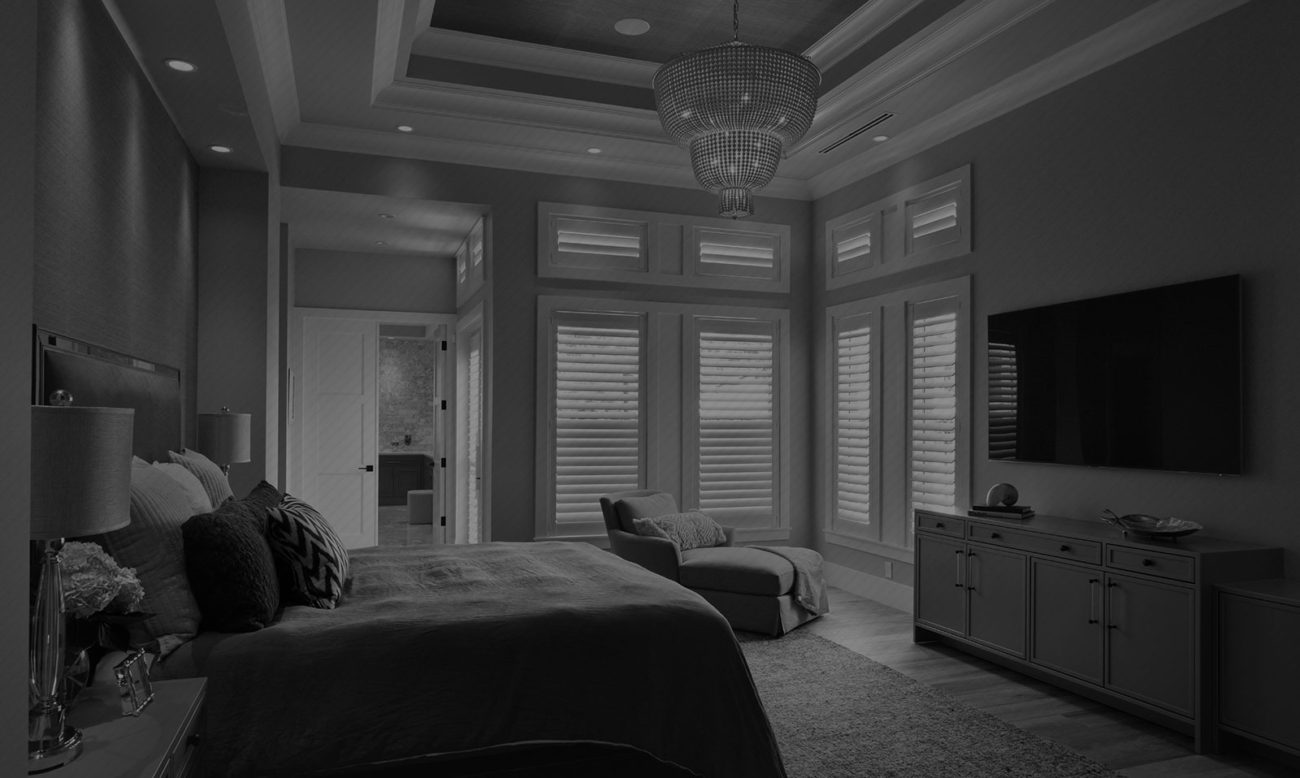South Florida Housing Prices Are Up Year Over Year
It looks like home values hit bottom in late 2011 — retreating to 2002 levels — and are creeping upward now.But experts caution that the trend may not last.
Say good riddance to the bottom of the housing market. After giving up a decade of value, home prices are on the upswing in South Florida and ahead of much of the nation, according to two key national indices released Tuesday.
Some analysts say we still have a way to go, and we could see fluctuations before we reach a real recovery.
Home values in South Florida rose 1.1 percent year-over-year in March, to $141,300, after reaching bottom in late 2011, according to Zillow’s Home Value Index.
Only Phoenix had a higher year-over-year increase, 2.8 percent.
“We’re seeing extremely encouraging market signs in both Miami and Phoenix,” said Stan Humphries, chief economist for Seattle-based Zillow. “We’re seeing home value appreciation rates which are quite frankly surprising at this stage of the recovery.”
In another report, released by S&P/Case-Shiller, Miami ranked among just five cities in the nation to show an increase in annualized housing prices in February, up 0.6 percent from January, and up 0.8 percent year-over-year.
Prices also rose in February in Denver, Detroit, Minneapolis and Phoenix.
Still, Maureen Maitland, vice president of S&P Indices said she said she is “not ready to say Miami has turned the corner.”
In Miami, prices fell 50 percent from the peak, and are just up 2 percent since reaching a low in April 2011, Maitland said.
“The trend hasn’t been long enough,” she said.
South Florida’s gains, Zillow’s Humphries said, reflect an uptick from the steep declines experienced since the economic downturn, which set values in South Florida back to July 2002.
Those floor-sweeping prices have become a beacon to investors, international cash buyers, second home-purchasers and retirees, who have led the surge upward.
‘AFFORDABILITY’
“Prices have reset a full decade in that market,” Humphries said, “and combined with 4 percent mortgage rates, that gives you a recipe for affordability, which you haven’t seen in 30 to 40 years.”
Zillow’s index predicts that values in South Florida will rise another 5.6 percent during the next year.
Prices in some communties already have jumped: Bal Harbour is up 19.8 percent year over year; Bay Harbor Islands, up 14.1 percent, and Sunny Isles Beach, 13.5 percent, according to Zillow. The prices reflect rising values particularly in condos.
And while overall prices in Monroe County remained unchanged in the past year, Key West values rose 11.4 percent, Zillow’s data shows.
On just a monthly basis, home values nationwide increased 0.5 percent from February to March, according to Zillow.
Overall, values in Miami-Dade, Broward and Palm Beach rose in the short-term, increasing by 1.4 percent from February to March, Zillow’s index showed. Prices in Monroe fell 0.2 percent in that period. The index measures the value of all homes, not just those that sold in a particular period.
Viewed separately, Broward prices rose 1.7 percent year-over-year, to $129,000, Zillow said. And Miami-Dade home values increased by 1.5 percent year-over year, to $151,800.
Additionally, homes in South Florida that sold for a loss fell to 41.8 percent, the lowest rate since November 2008. That’s down from the peak of 51.4 percent in March 2009, Zillow said.
In Miami-Dade, Realtors have tracked price increases for the past four months.
The average sales price has risen 21.8 percent for homes and 23 percent for condos in the past 15 months, said Patricia Delinois, president of the Miami Association of Realtors.
Meanwhile, the inventory of residential listings has fallen from 46,000 in August 2008 to 12,379 in March, she said.
Yet, analysts caution that while the market is moving in a positive direction, it will be some time before it can attain a healthy state.
Distressed properties still make up more than 50 percent of sales, down from more than 60 percent a year ago, said David Dabby, president of Coral Gables-based Dabby Group Advisors.
“Distressed properties are keeping a lid on prices and are going to continue to do so for an extended period of time,” Dabby said. “In a normal market, distressed sales are under 10 percent, so you can see how far we have ventured in this housing depression.”
And as distressed properties held by banks are put on the market, median prices may still drop, said Jack McCabe, chief executive of McCabe Research & Consulting, based in Deerfield Beach. More than 52,000 properties are in the foreclosure process in Miami-Dade alone, he said.
“While we’re seeing some rays of sunlight at the end of the dark tunnel, this by no means is an indication we are out of the woods yet,” McCabe said. “We still have a lot of distressed properties that need to be transacted before we can say we have hit bottom and we are headed for a positively appreciating market.”
In other parts of the nation, results were even less positive according to S&P/Case-Shiller’s index, which shows an annual decline of 3.5 percent for its 20-city composite.
In fact, housing prices in nine metropolitan regions — Atlanta, Charlotte, Chicago, Cleveland, Las Vegas, New York, Portland, Seattle and Tampa — fell to new post-crisis lows, according to S&P/Case-Shiller’s index, which tracks the value of single-family housing.
NATIONAL VIEW
Nationwide, yet another report show the housing market remains under strain, despite modest signs of improvement.
The Department of Commerce said Tuesday that the volume of sales of new homes fell in March by the largest amount in more than a year. Sales dropped 7.1 percent in March to a seasonally adjusted annual rate of 328,000 units.
That followed a 7.3 percent increase in sales in February, which was revised up from an initial estimate that February sales had fallen 1.6 percent.

